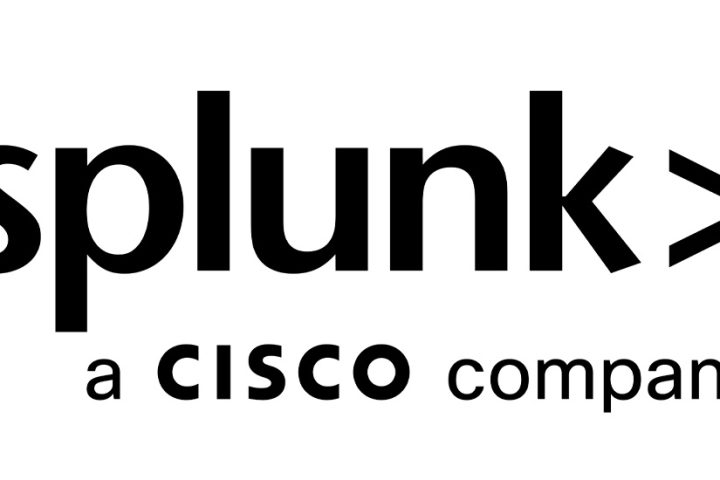According to a 2017 PwC study commissioned by Juniper Networks, most global enterprise workloads that are running on private data centers will transition to the public cloud within the next three years.
For many in the partner world, the move to cloud and multicloud represents risk. But for those that are quick to adapt, this tectonic shift in enterprise IT should create opportunity. But how should channel players in the Middle East position themselves to exploit this transition?
What does multicloud mean?
Multicloud is the operation of multiple cloud computing and storage services in a single infrastructure. The defining characteristic is managing the distributed resources as a single cohesive infrastructure. Where multiple clouds are managed independently, a multicloud is managed as one. As such, it’s about delivering infrastructure that is essentially invisible to the user. Experience ought to be the same regardless of where an application is served or from where the user accesses it. This requires a seamless operating environment that stretches across the private and public clouds all the way out to the on-ramps to the cloud that exist in the campus and branch.
The portfolio expands
The implications of an end-to-end solution are profound for the reseller market. Solutions will need to span all the places in the enterprise network, allowing partners to broaden their opportunity.
Additionally, to provide a seamless experience, there will be software needed for policy and control. The emergence of an orchestration layer provides yet another insertion point for partners looking to expand their presence in customers moving to the cloud. And, the fact that this new offering is software-based and higher-margin should entice partners who are more accustomed to selling hardware to at least explore the multicloud arena.
So does the competition
Of course, with the expansion of products, it means that there will be an increase in the number of players vying for the business. Companies with a traditional strength in one domain will naturally find that opening up their catalog will allow them to broaden their offering, and tying it together under a multicloud architecture will make pull-through opportunities more easily pursued.
And, while this is all in the context of traditional infrastructure, it is impossible to ignore the emerging partner ecosystem that is developing around the cloud providers. AWS, Azure, Google, and the like are all developing a different set of partners whose primary objective is to facilitate the movement from private to public cloud.
The battleground won’t be products
If the promise of the cloud is that underlying infrastructure is fungible regardless of where it resides, then the underlying parts—at least over time—become somewhat interchangeable. At its most basic, this means that the strength of a channel partner’s portfolio will not be enough to distinguish it from competitors. As devices become more similar over time, pricing will naturally converge, meaning pricing advantages that come from volume sales will also become less meaningful. Traditional competitive advantages will necessarily evolve. Market share will change hands. Companies will shrink, and some will fail.
But some will win…BIG
And some companies will exploit the changes in competitive landscape. The move to cloud and multicloud is not a single purchase but rather a migration. It requires enterprises to evolve, requiring a change in business. Channel partners that are more consultative and offer constructive services that promote change and mitigate risk will find service-oriented paths to higher-margin revenue. Automated operations in a multicloud world, for instance, will require careful architecture of operations practices as companies integrate products, tools, and workflows to support a more dynamic infrastructure. In these automated operations, there is opportunity to sell software, develop packaged automation services, provide value-added support, and coach companies on how to operate in an environment without silos.
A change in approach
Of course, moving from product-based to consultative selling is not easy. It requires technical expertise and operational prowess. It means embedding into the business processes rather than selling into a cost center. The biggest barriers to this brave new world might seem technical, but they will ultimately prove to be so much more. The downside is that this can be a tricky transition. The upside is that understanding how someone does business is way stickier than selling interchangeable parts underneath it all.














